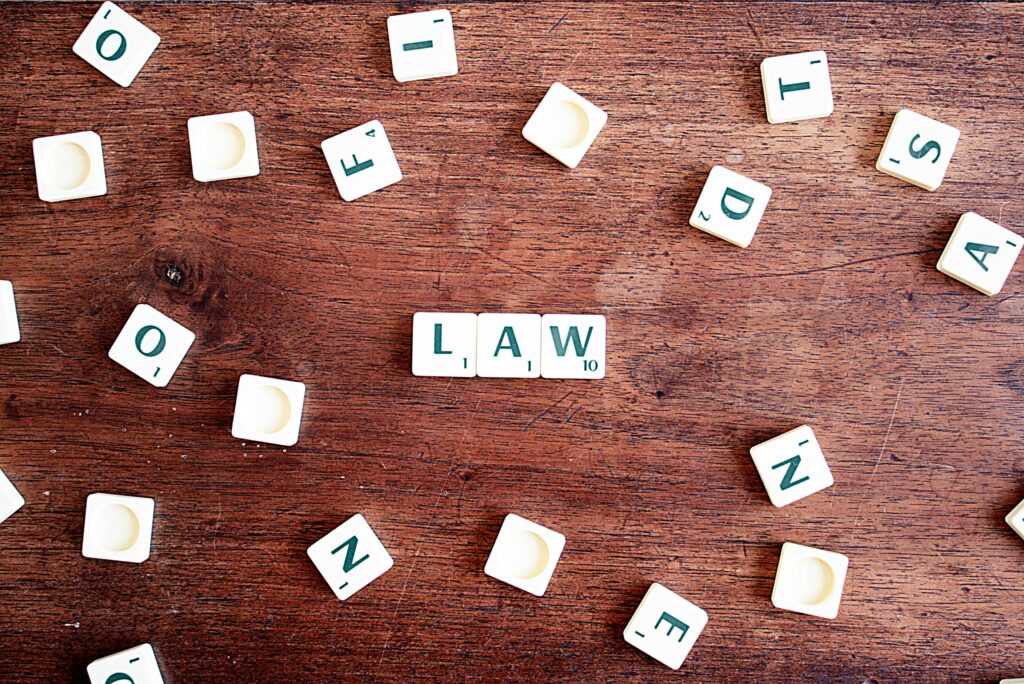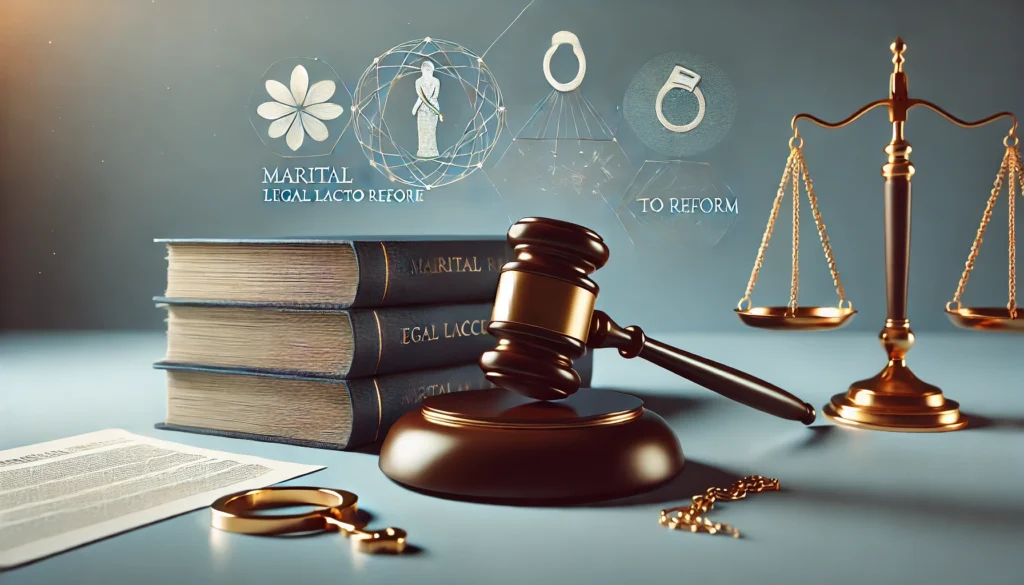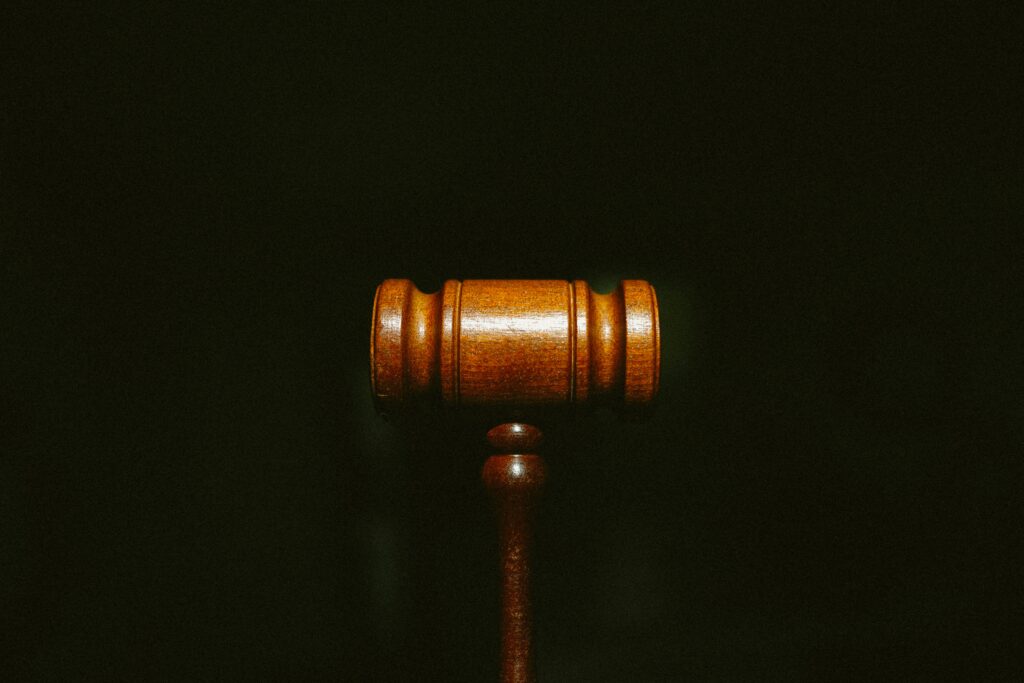Published On: September 27th 2025
Authored By: Snigdho Dhar
University of Engineering and Management
ABSTRACT
Custodial violence represents a grave human rights concern in India, involving physical, psychological, or sexual harm inflicted on individuals in police or judicial custody. This article examines the legal safeguards and judicial responses to custodial violence in India, highlighting the urgent need for robust legislation, comprehensive awareness campaigns, and strengthened accountability mechanisms to prevent such incidents. Through an analysis of constitutional provisions, statutory protections, and landmark judicial precedents, this study reveals both the progress made and the persistent challenges in combating this violation of fundamental rights.
Keywords: Custodial Violence, Human Rights, Physical Harm, Psychological Harm, Sexual Harm, Legal Safeguards, Judicial Accountability
INTRODUCTION
Custodial violence has plagued India for decades, resulting in physical trauma, psychological scars, and tragically, even death of persons in state custody. The Law Commission of India defines custodial violence as a crime perpetrated by a public servant against an arrested or detained person, representing a fundamental breach of the state’s duty to protect those in its care.
Despite robust constitutional and legal safeguards designed to protect individual rights, custodial violence remains a significant challenge within India’s criminal justice system. What makes this issue particularly concerning is that custodial violence does not generate the level of societal criticism one would expect for such a grave violation of human rights. The tacit support that police and legal authorities often receive from society inadvertently encourages the excessive use of power against individuals detained under their surveillance.
This societal tolerance, combined with inadequate legal awareness among large segments of the Indian population, continues to contribute to incidents of custodial violence. The absence of consistent landmark judgments against cases relating to custodial violence has further emboldened perpetrators and weakened deterrence mechanisms.
This article examines the multifaceted nature of custodial violence, analyzes existing legal protections, evaluates judicial responses, and proposes comprehensive reforms to address this persistent violation of human dignity.
UNDERSTANDING CUSTODIAL VIOLENCE
Definition and Scope
Violence, in its general sense, refers to the excessive use of force by individuals to harass or injure others. Custodial violence specifically denotes the torture and abuse inflicted upon individuals by police authorities or other law enforcement personnel while the victims are in their custody. This violence manifests in various forms, each representing a serious breach of fundamental rights and human dignity.
Types of Custodial Violence
Physical Torture
Physical torture encompasses any form of force or method used to cause bodily injury to an individual. This category includes:
– Direct physical assault: Beating through kicking, punching, or using objects as weapons
– Extreme physical abuse: Burning, suspension using ropes or handcuffs, and other forms of corporal punishment
– Deprivation of basic needs: Denial of water, food, or access to sanitary facilities
– Environmental torture: Sleep deprivation, forcing detainees to sleep on cold floors, excessive physical exercise
– Medical neglect: Denial of necessary medical assistance and treatment
Physical abuse often creates a climate of fear that may lead to the victim’s apprehension of imminent death or, in extreme cases, result in actual death while in police custody.
Psychological Abuse
Psychological abuse involves coercing suspects into making false confessions through various forms of mental intimidation, including:
– Threats against family members: Using family members’ safety as leverage to extract confessions
– False accusations: Threatening to implicate individuals in fabricated cases
– Procedural intimidation: Threats of indefinite detention without trial or public defamation
– Dignity violations: Attacks on personal dignity that cause sufficient mental distress to compel false confessions
The psychological impact of such abuse often extends far beyond the period of custody, causing lasting trauma that affects the individual’s mental health and social relationships.
Sexual Abuse
Sexual violence in custody affects both men and women, though women face particular vulnerabilities. Common forms include:
– Humiliating searches: Strip searches conducted in a degrading manner before multiple officers
– Forced sexual acts: Including forced nudity, forced masturbation, and coerced sexual activity
– Gender-based violence: For women, this includes deprivation of menstrual hygiene products, gang rape, and forced intercourse with police officers
– Verbal sexual harassment: Degrading sexual remarks, particularly targeting individuals based on gender identity or sexual orientation
– Custodial rape: Representing the most heinous form of sexual violence that can occur against individuals in custody
Sexual harassment also encompasses discriminatory treatment of gender minorities, including humiliating remarks about gender identity or sexual preferences.
Root Causes of Custodial Violence
The persistence of custodial violence stems from multiple interconnected factors:
Institutional Power Dynamics: Police officers hold superior positions in society with extensive legal powers, often creating a sense of impunity that enables abuse.
Lack of Empathy: Many law enforcement personnel fail to approach cases with empathy, disregarding basic human rights considerations in their treatment of detainees.
Systemic Pressures: Immense work pressure and, in some cases, corruption and greed for money can provoke officers to use extreme force to extract confessions quickly.
Institutional Protection: Higher authorities often protect police personnel or use their influence to conceal wrongdoing, creating an environment conducive to violence.
Inadequate Training: Insufficient training in human rights principles and appropriate interrogation techniques contributes to reliance on violent methods.
While various factors may contribute to custodial violence, none justify the inhumane treatment of individuals detained in custody. The fundamental principle remains that every person, regardless of the charges against them, retains their basic human dignity and rights.
LEGAL SAFEGUARDS AGAINST CUSTODIAL VIOLENCE
While many in society mistakenly believe that harsh treatment by police is necessary to extract truth from suspects, such practices cannot be supported by law given the paramount importance of basic human rights. Although India lacks specific legislation exclusively targeting custodial violence, the Indian legal system provides multiple layers of protection against such abuse.
Constitutional Safeguards
The Constitution of India, as the supreme legal authority, provides fundamental protections against custodial violence through several key provisions:
Article 20(3): Protection Against Self-Incrimination
Article 20(3) establishes that no person accused of any offense shall be compelled to be a witness against themselves. This provision directly prohibits the use of torture or coercion to extract confessions, forming the constitutional foundation for challenging custodial violence aimed at forced admissions of guilt.
Article 21: Right to Life and Personal Liberty
Article 21 guarantees protection of life and personal liberty, creating positive obligations on the state to ensure humane treatment of all individuals. Unlawful detention or torture in police custody constitutes a direct violation of Article 21, making such actions unconstitutional and subject to judicial remedy.
Article 22: Protection Against Arbitrary Arrest and Detention
Article 22 establishes comprehensive safeguards against arbitrary arrest and detention:
– No person may be arrested or detained without being informed of the grounds for arrest
– Every arrested person must be produced before a magistrate within 24 hours of arrest
– No person may be detained for more than three months without approval from an Advisory Board
– The right to consult and be defended by a legal practitioner of choice
Statutory Protections
Criminal Laws
Several provisions of India’s criminal laws provide specific protections:
– Indian Penal Code (IPC) Sections 330, 331, 348, 376(2): These sections criminalize various forms of custodial abuse, including voluntarily causing hurt to extort confession, wrongful restraint, and custodial rape.
– Code of Criminal Procedure (CrPC) Sections 41B, 41D, 54, 176: These provisions establish procedural safeguards for arrest, detention, and investigation of custodial deaths.
– Indian Evidence Act Sections 25 and 26: These sections render confessions made to police officers inadmissible in court, removing incentives for coercive interrogation.
Protection of Human Rights Act, 1993
This Act established the National Human Rights Commission (NHRC) with specific mandate to investigate human rights violations, including custodial violence. The NHRC serves as an independent body capable of investigating complaints, conducting inquiries, and recommending remedial action in cases of custodial abuse.
JUDICIAL RESPONSES TO CUSTODIAL VIOLENCE
The Indian judiciary has demonstrated responsiveness to custodial torture issues, developing comprehensive jurisprudence to protect fundamental rights and establish accountability mechanisms.
Landmark Cases
D.K. Basu v. State of West Bengal (1997)
This pivotal case emerged following the custodial death of a suspect, when Advocate D.K. Basu filed a petition highlighting violations of Article 21. The Supreme Court established comprehensive guidelines for arrest and custody procedures:
Arrest Procedures:
- Every person being arrested must be informed of the grounds for arrest
- Police must immediately inform the family or relatives of the arrested person
- The arrested person must be produced before a magistrate within 24 hours
Documentation Requirements:
- At least one witness must be present during arrest
- Police must provide the arrested person with a copy of the arrest memo
- A detailed record of arrest procedures must be maintained, including the name of the arrested person, grounds for arrest, and the identity of the arresting officer
Medical Safeguards:
- Every arrested person must undergo medical examination within 48 hours to document any evidence of torture
- Arrested persons must not be denied medical assistance when required
Accountability Measures:
- These guidelines prohibit all forms of custodial abuse—physical, psychological, or sexual
- Any reported violations require immediate investigation and appropriate punishment
These guidelines made police personnel directly accountable for custodial treatment and established clear consequences for violations.
Rudul Shah v. State of Bihar (1983)
This landmark judgment addressed both custodial violence and unlawful detention. Rudul Shah had been illegally detained for 14 years before being found innocent. The case raised fundamental issues regarding unlawful detention and breach of the right to life and personal liberty.
Key Judicial Findings:
– The state has an affirmative duty to compensate victims of illegal detention
– Prolonged custody without trial violates fundamental rights
– Compensation serves both remedial and deterrent functions
Judgment Impact:
The Supreme Court directed the State of Bihar to pay ₹30,000 as compensation for unlawful detention, establishing the precedent that states bear financial liability for custodial violations.
Evolution of Judicial Doctrine
Beyond these landmark cases, Indian courts have consistently expanded protections against custodial violence through various decisions that have:
– Established the state’s duty to investigate custodial deaths through independent agencies
– Required video recording of interrogations in serious cases
– Mandated regular medical examinations of persons in custody
– Created presumptions against police in cases of custodial injury or death
CHALLENGES AND GAPS IN CURRENT FRAMEWORK
Despite these legal safeguards and judicial interventions, several challenges persist:
Implementation Deficits
– Inadequate compliance with established guidelines
– Limited monitoring of custody conditions
– Insufficient training of police personnel on human rights standards
Institutional Weaknesses
– Lack of independent oversight mechanisms
– Limited resources for human rights commissions
– Inadequate investigation of complaints
Social Factors
– Public support for harsh police methods
– Limited awareness of legal rights among vulnerable populations
– Cultural tolerance for state violence
RECOMMENDATIONS FOR COMPREHENSIVE REFORM
Addressing custodial violence requires a multi-pronged approach involving legislative, administrative, and social reforms:
Legislative Measures
Enact Comprehensive Anti-Torture Legislation: India needs specific legislation criminalizing torture and establishing clear penalties for custodial violence, along with compensation mechanisms for victims.
Administrative Reforms
Enhance Police Training: Law enforcement agencies must prioritize comprehensive human rights training for all personnel, emphasizing dignity, empathy, and proper interrogation techniques.
Strengthen Oversight Mechanisms: Superior officers should implement regular supervision and monitoring systems for personnel involved in investigations and custody operations.
Technological Solutions
Implement Modern Surveillance: Install video cameras for continuous monitoring of detention facilities and interrogation rooms, coupled with electronic record-keeping systems to prevent data manipulation.
Social Initiatives
Promote Legal Awareness: Comprehensive awareness campaigns about prisoners’ rights and human rights are essential to prevent custodial violence and empower communities to report violations.
Community Engagement: Engage civil society organizations, legal aid societies, and community leaders in monitoring and preventing custodial violence.
CONCLUSION
Custodial violence remains a significantly concerning issue in India, with adverse effects reverberating throughout society. While the existing legal framework and judicial precedents have provided important protections and established accountability mechanisms, persistent gaps in implementation and enforcement continue to undermine these safeguards.
The constitutional guarantee of human dignity and the rule of law demand that persons in state custody receive protection rather than abuse. Achieving this goal requires sustained effort across multiple dimensions: strengthening legal frameworks, improving police training and accountability, enhancing oversight mechanisms, and fostering social awareness about fundamental rights.
The path forward necessitates collaboration between the legislature, judiciary, executive, and civil society to create a comprehensive system that prevents custodial violence, ensures swift justice for violations, and upholds the constitutional promise of dignity for all individuals. Only through such coordinated efforts can India effectively address this persistent challenge to human rights and strengthen public confidence in its criminal justice system.
The fight against custodial violence is ultimately about preserving the foundational principle that state power must be exercised within constitutional bounds, with respect for human dignity serving as the cornerstone of a just society. The legal safeguards exist; what remains is the collective will to implement them effectively and consistently.




